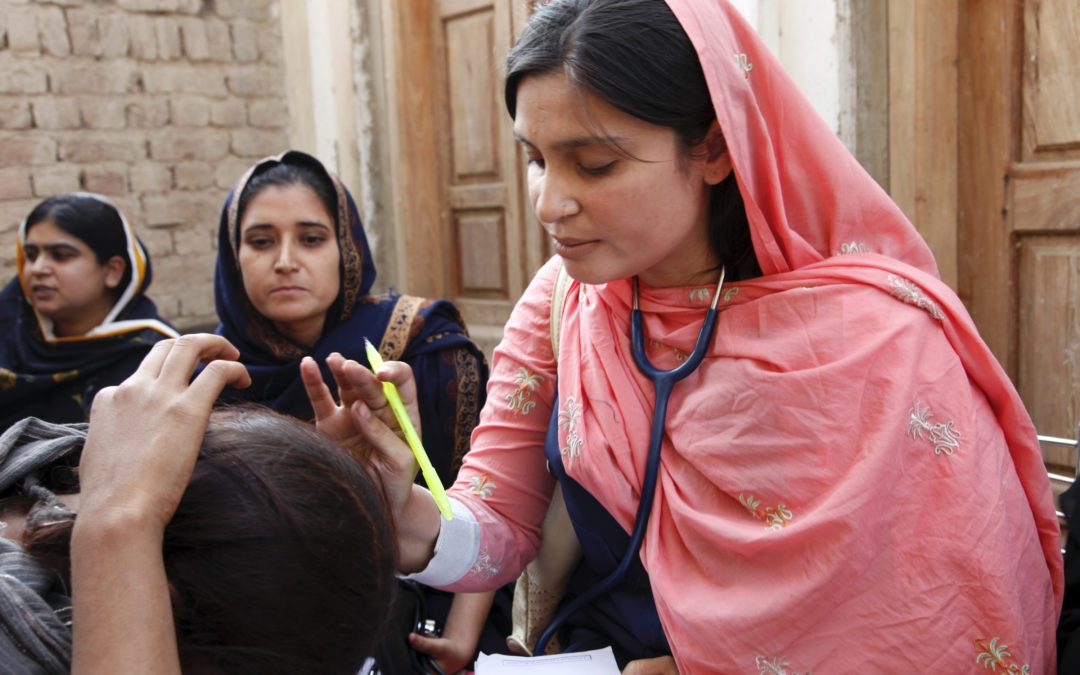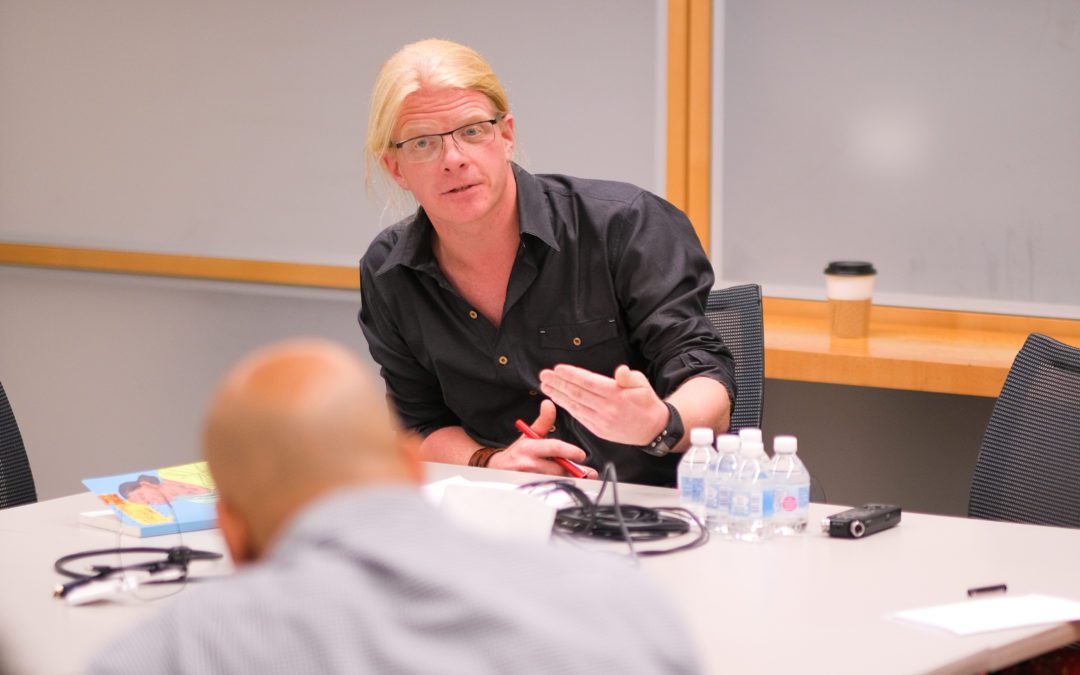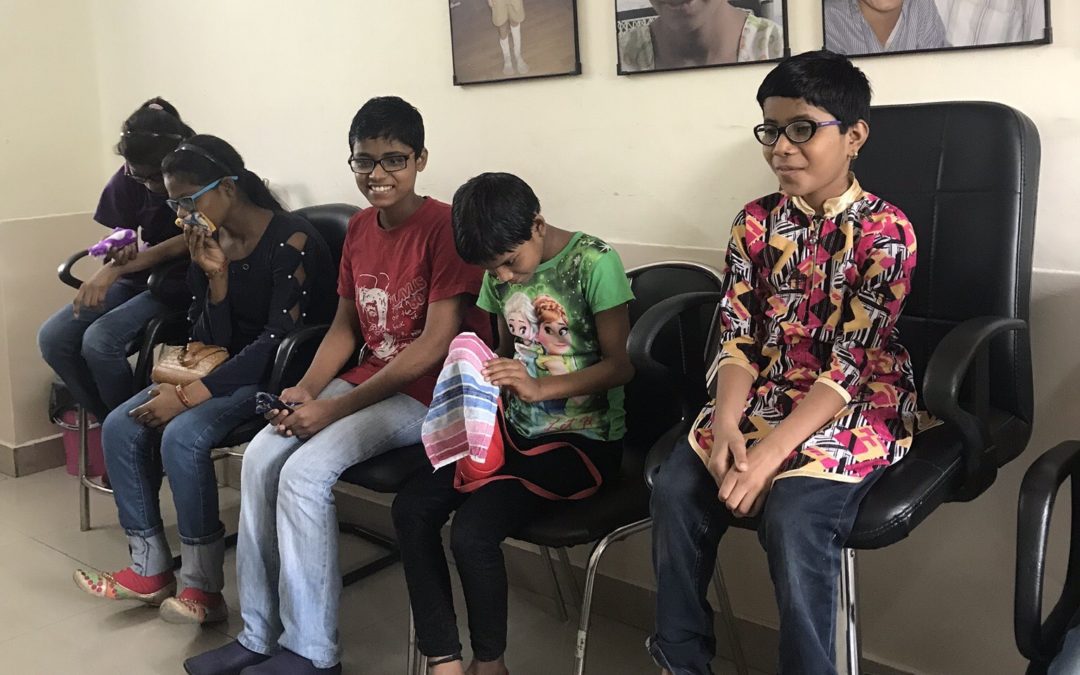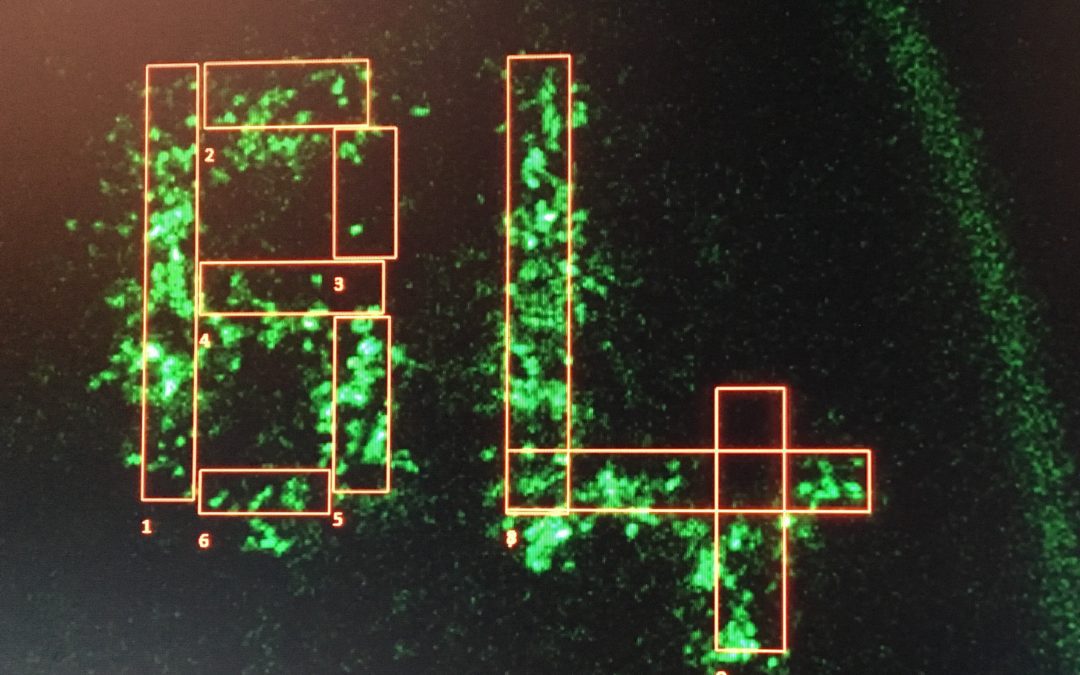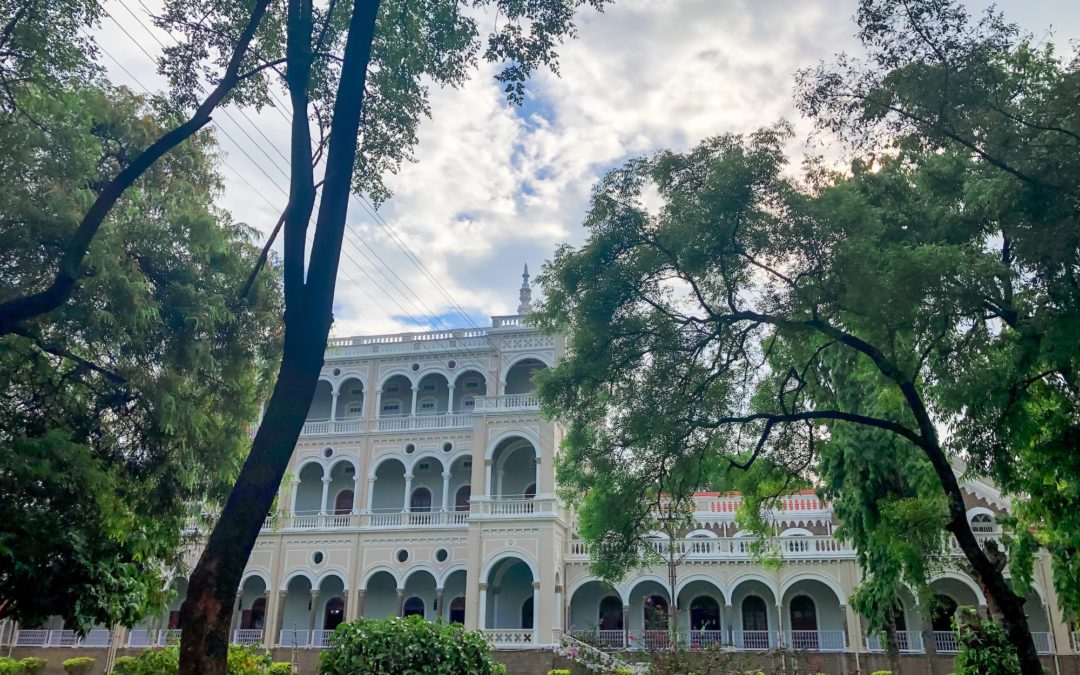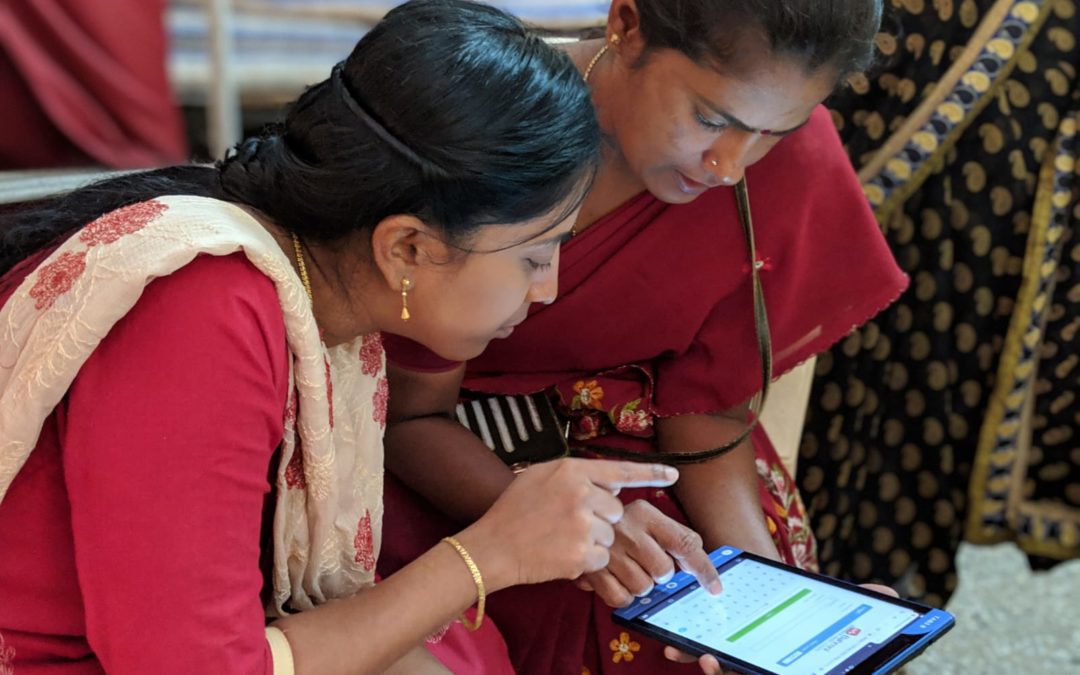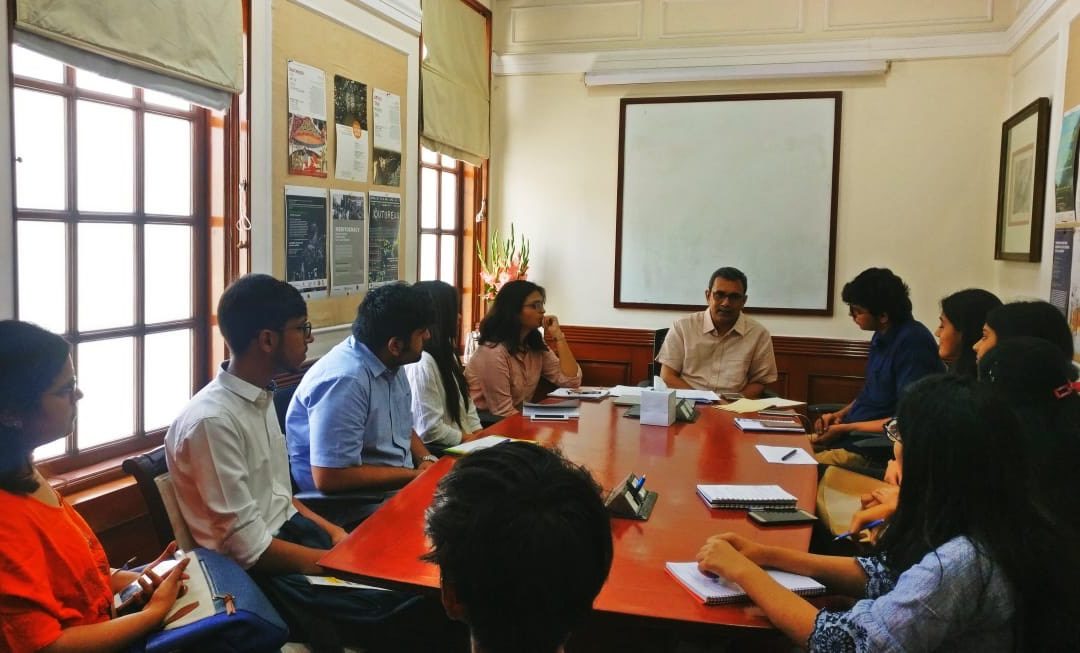The Hybrid of Urbanism and Historic Preservation in Kolkata
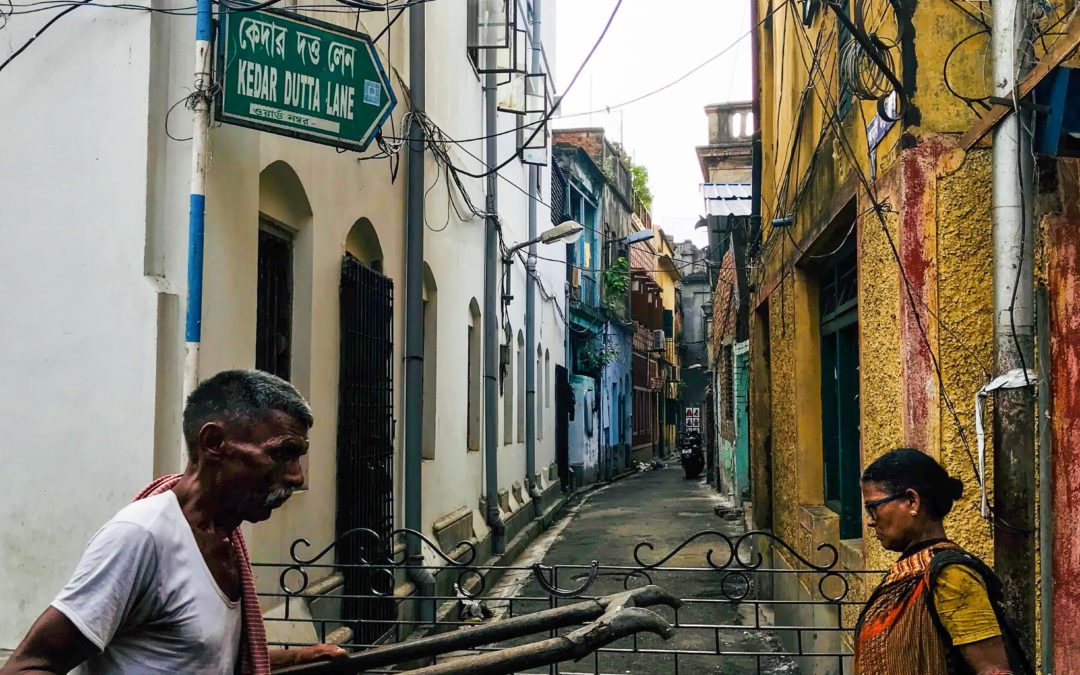
With my grant from the Lakshmi Mittal and Family South Asia Institute, I spent eight fruitful weeks abroad, studying the how and the why of the limited set of historic designations in Kolkata. My daily activities were structured around site visits, photographic and written documentation of spatial practices and cultural phenomena, investigative interviews with scholars and professionals in the field of conservation, theoretical readings, and archival work. I spent the first six weeks in Kolkata trying to better understand the city’s spatiality and how many Kolkatan’s livelihoods and daily activities engage with the hybridization of the old and the new.

